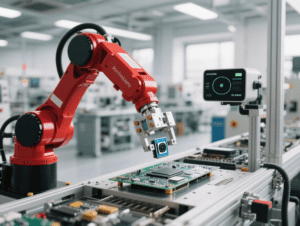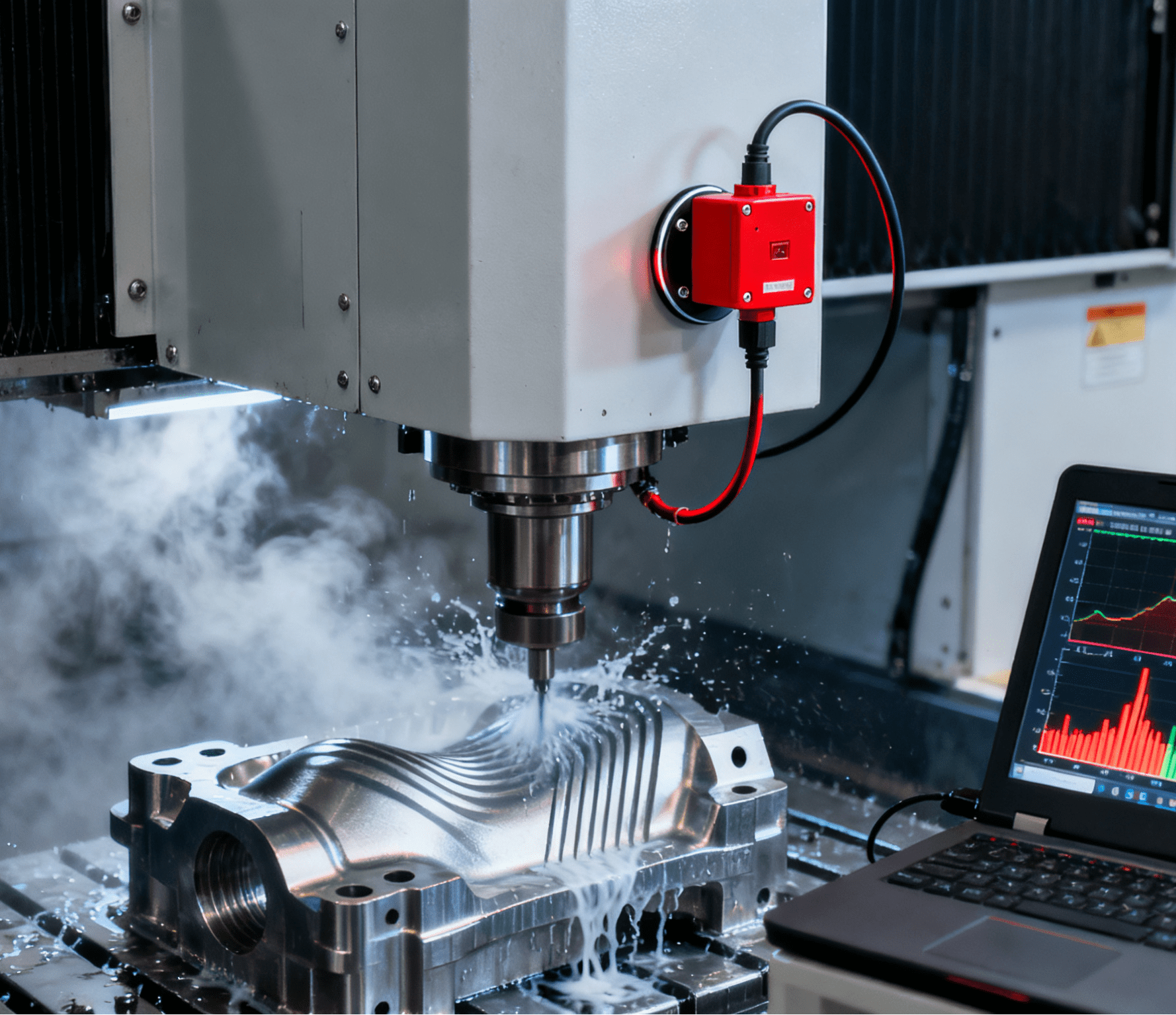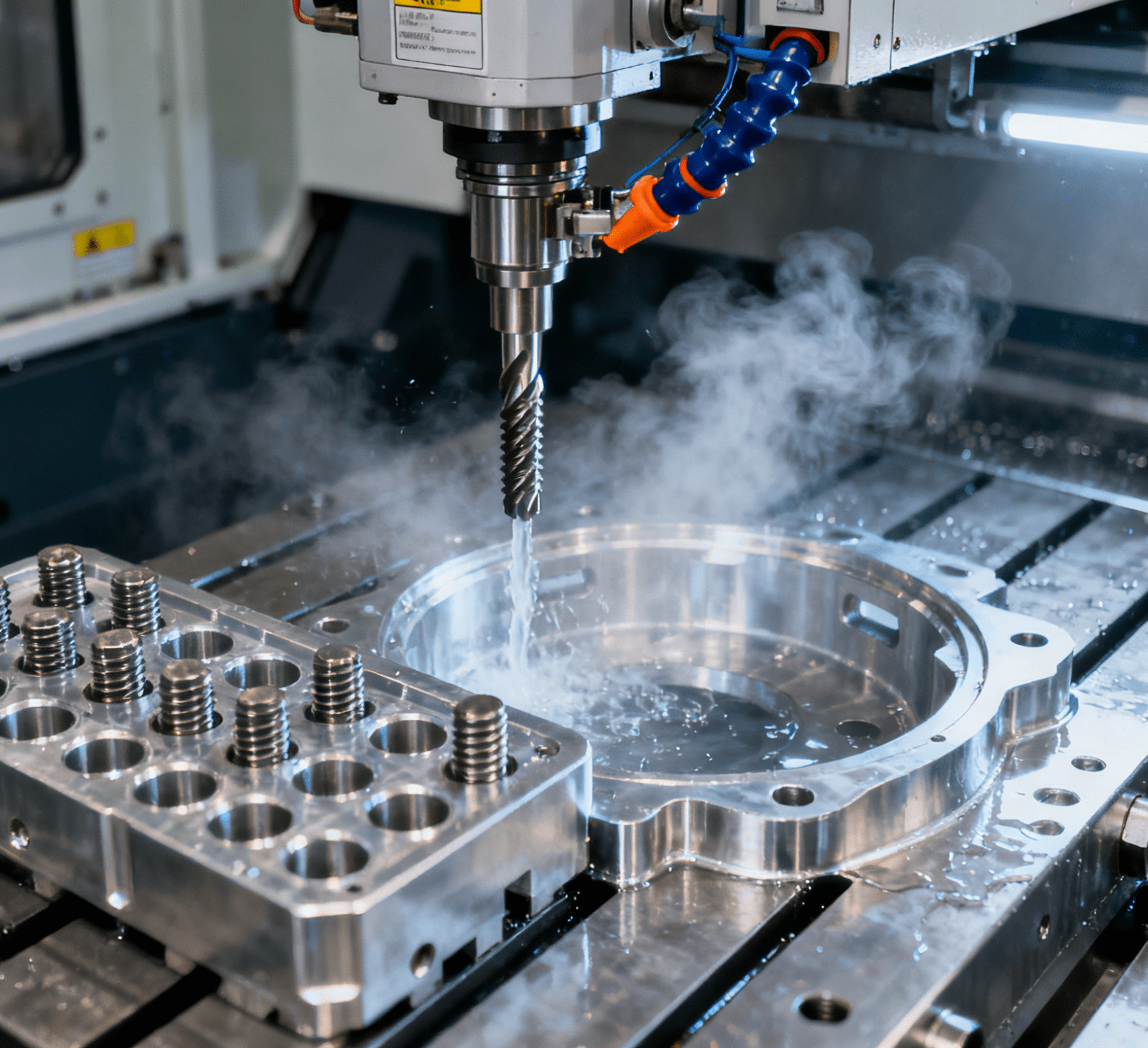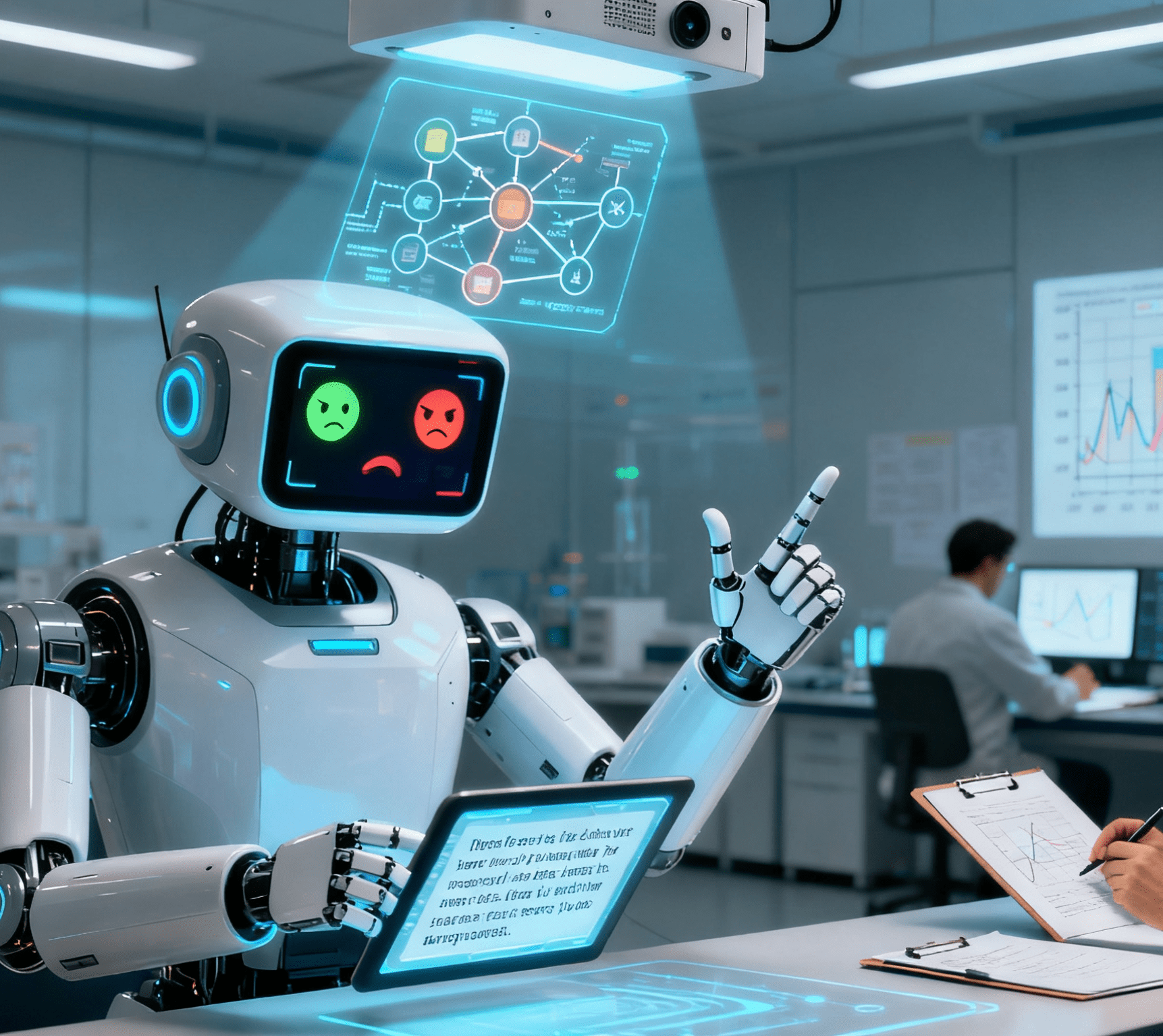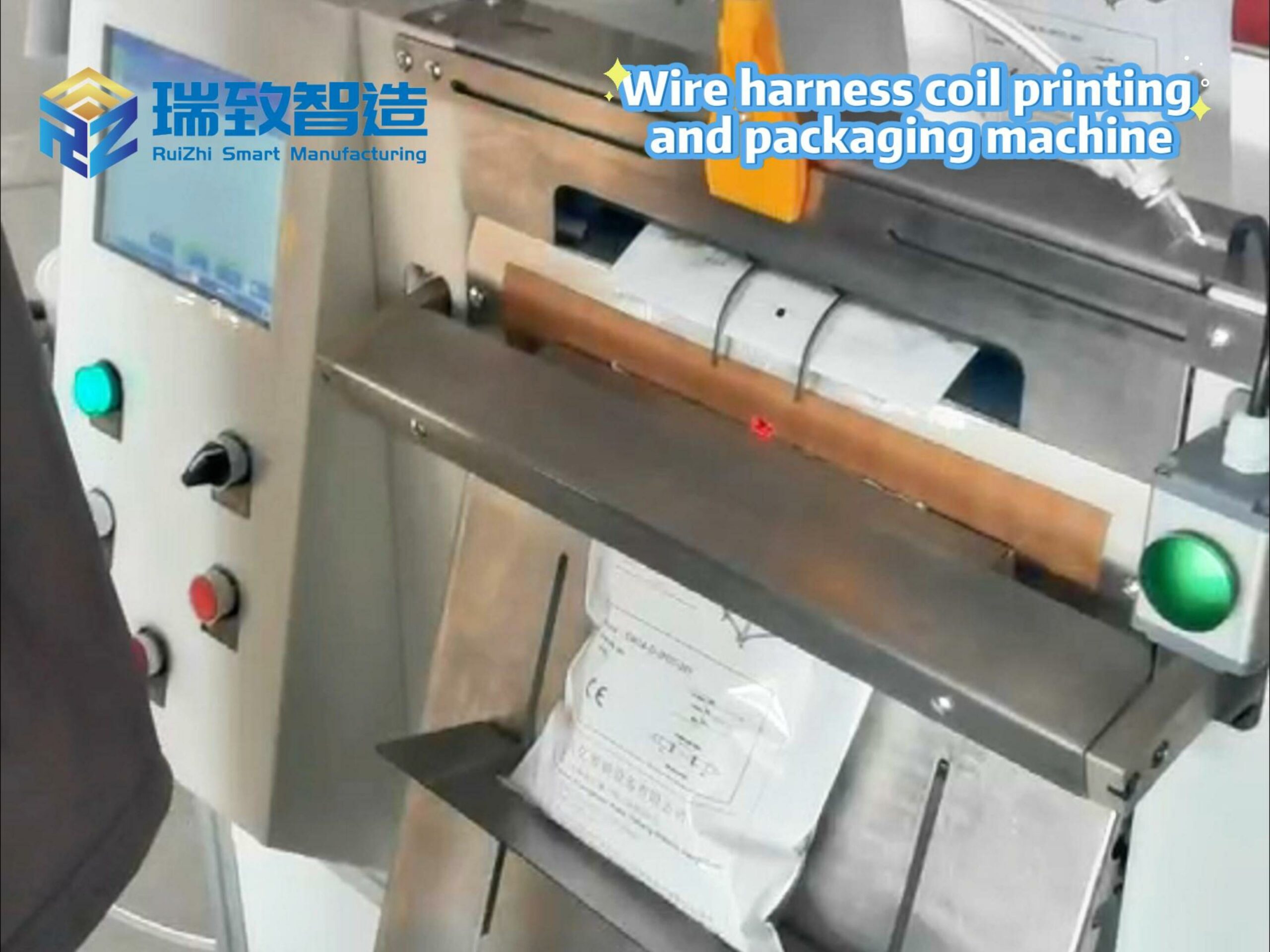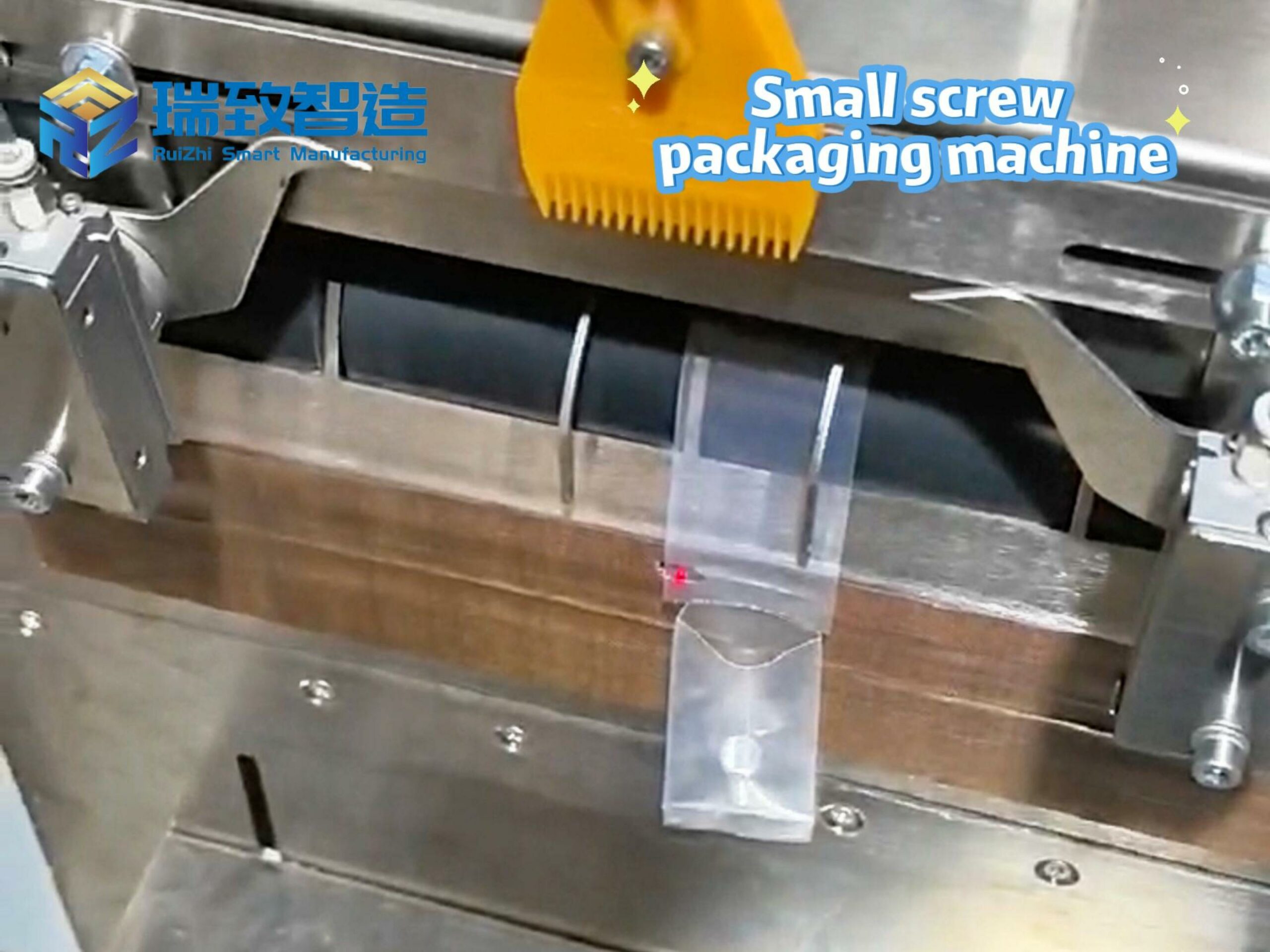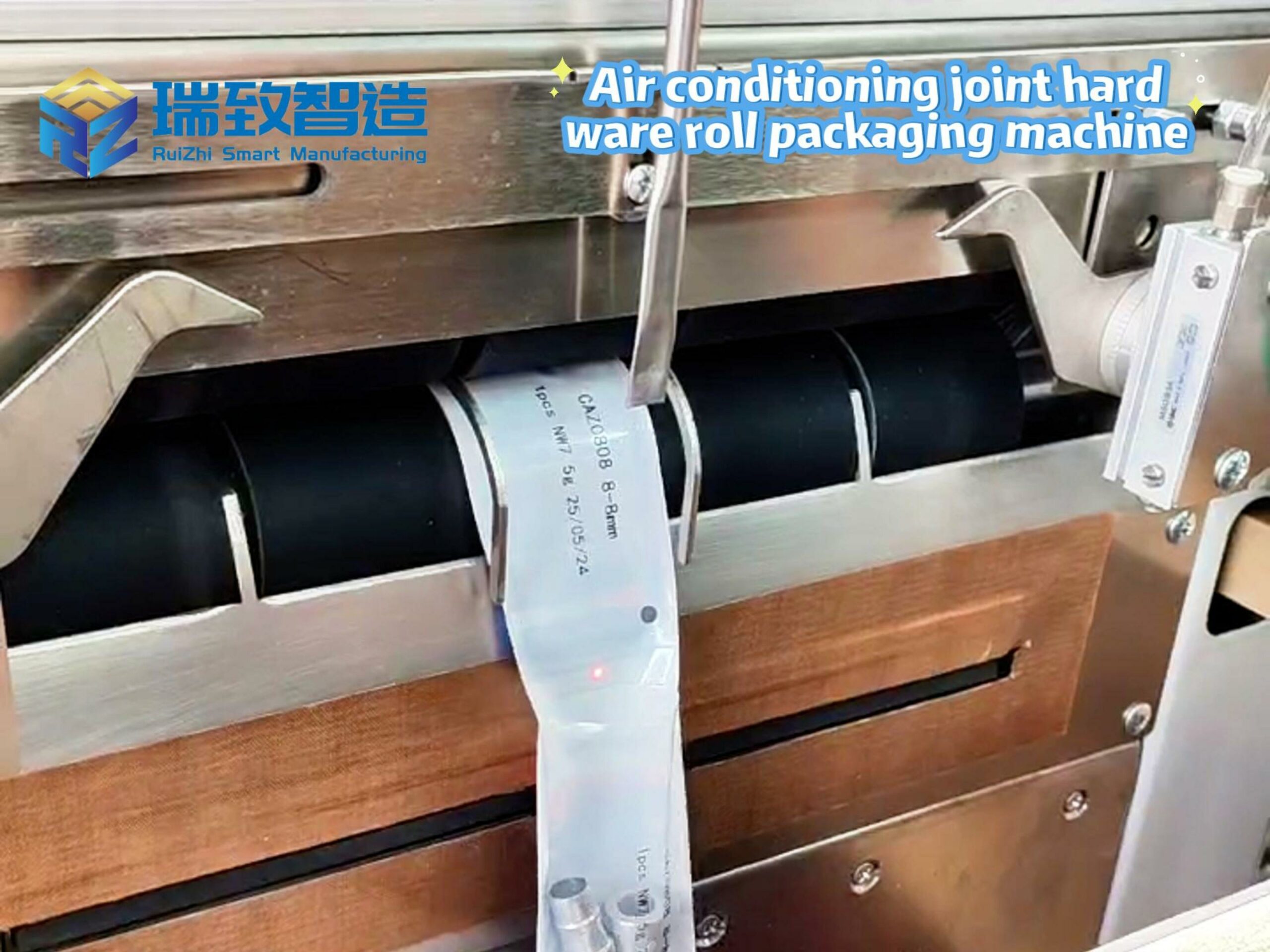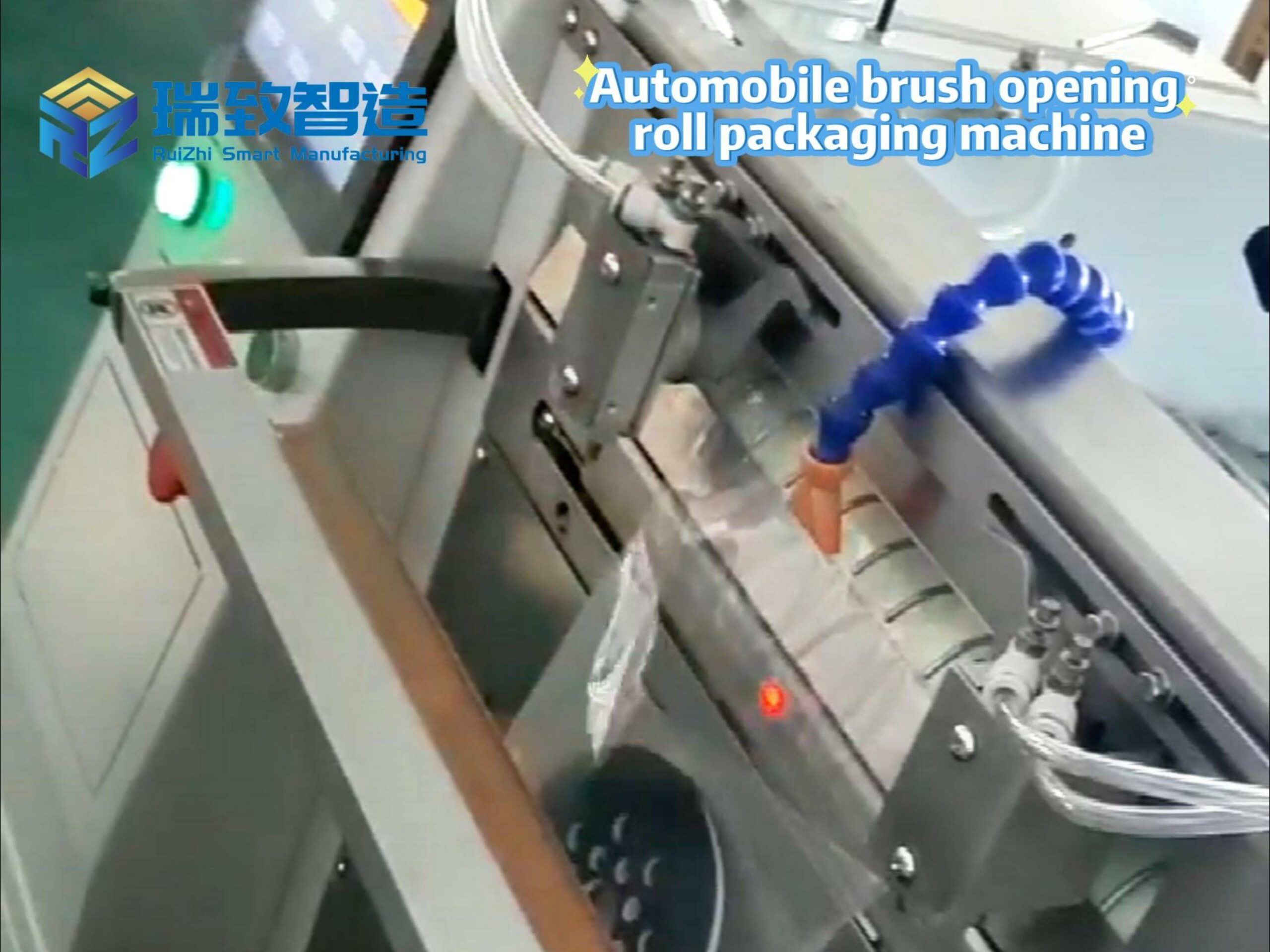In the intricate chain of manufacturing, where precision and efficiency determine competitiveness, Automatic Injection – Molded Part Feeding And Assembly stands as a critical bridge between raw plastic and finished products. This integrated process—combining automated feeding of injection-molded parts with robotic assembly—has revolutionized how industries handle plastic components, from tiny 0.5mm electronic connectors to large automotive housings. By replacing error-prone manual handling with synchronized systems of robots, sensors, and software, it ensures that injection-molded parts (often lightweight, fragile, or irregularly shaped) are fed, aligned, and assembled with microscopic precision. In an era where plastic components dominate products from medical devices to consumer electronics, this automation isn’t just a convenience—it’s the backbone of scalable, high-quality production.
Table of Contents
ToggleThe Core of Automatic Injection – Molded Part Feeding And Assembly
At its heart, Automatic Injection – Molded Part Feeding And Assembly is a two-step symphony: first, feeding—automatically transferring injection-molded parts from the molding machine (or storage) to the assembly station; second, assembly—using robots or automated tools to join these parts into subassemblies or final products. What distinguishes this process is its ability to handle the unique challenges of injection-molded parts:
- Irregular Geometries: Many molded parts (e.g., curved automotive clips, hollow medical syringes) lack flat surfaces, making them hard to orient manually.
- Fragility: Thin-walled parts (e.g., plastic phone cases, 0.1mm-thick catheter components) can warp or crack under manual handling.
- High Volumes: Injection molding produces thousands of parts per hour; feeding and assembling them manually would bottleneck production.
This automation solves these issues by combining specialized feeding systems, precision robotics, and intelligent inspection—turning chaos into consistency.
Key Components of the System
The efficiency of Automatic Injection – Molded Part Feeding And Assembly hinges on the seamless integration of three core components: feeding systems, assembly units, and control software. Each is engineered to address the unique traits of injection-molded parts.
1. Automated Feeding Systems: From Molder to Assembly Line
Feeding is the unsung hero of this process. Unlike metal parts (which can be sorted with magnets or gravity), injection-molded plastic parts demand tailored feeding solutions to avoid damage and ensure correct orientation:
Vibratory Bowl Feeders: The workhorse of feeding systems, these bowl-shaped devices use controlled vibrations to sort and orient parts. For example:
- A bowl feeder handling 5mm plastic gears uses spiral tracks with precision notches to align each gear’s teeth upward, ensuring robots pick them correctly.
- Custom tooling (e.g., rubber-lined bowls for soft plastics) prevents scratching or warping of delicate parts like polypropylene medical caps.
Conveyor Systems with Vision Guiding: For larger parts (e.g., 30cm automotive plastic housings), belt conveyors paired with 3D vision systems (e.g., Cognex In-Sight) locate and orient parts. A vision system can distinguish between the “top” and “bottom” of a curved housing, sending coordinates to a robot arm for precise picking.
Robotic Bulk Feeders: For irregularly shaped parts (e.g., hollow plastic manifolds with internal channels), collaborative robots (cobots) equipped with vacuum grippers sift through bulk bins. Using force-torque sensors, they gently separate tangled parts without crushing them—critical for parts like plastic toy components with intricate details.
Inline Integration with Molding Machines: Advanced systems connect directly to injection molding presses, with robots extracting freshly molded parts (still warm) and placing them on feeders. This eliminates intermediate storage, reducing the risk of dust accumulation or warping (common in post-molding cooling).
2. Automated Assembly Units: Joining Parts with Precision
Once fed into position, injection-molded parts require assembly—often involving snapping, fastening, gluing, or welding. Automated assembly units handle these tasks with consistency beyond human capability:
Robotic Assembly Arms: 6-axis robots (e.g., Fanuc LR Mate 200iD, ABB IRB 120) with custom end-effectors are the workhorses here. For example:
- A robot with a “fingered” gripper assembles plastic snap-fit components (e.g., laptop battery housings) by applying 2N of pressure to ensure a secure lock without breaking the tabs.
- A collaborative robot (cobot) in a medical facility aligns two halves of a plastic inhaler, then uses ultrasonic welding to bond them—controlling weld time to 0.3 seconds to avoid melting internal drug-delivery channels.
Precision Fastening Systems: For parts requiring screws or bolts (e.g., plastic electrical enclosures), automated torque tools (e.g., Atlas Copco QMC) apply exact pressure. A system assembling plastic junction boxes might tighten 4 screws in sequence, each to 1.5N·m—enough to secure the lid without cracking the plastic.
Adhesive and Dispensing Units: Robotic dispensers apply precise amounts of glue or sealant to injection-molded parts. In automotive assembly, a robot might deposit a 0.5mm bead of sealant around a plastic door handle housing, ensuring water resistance without excess glue oozing into the mechanism.
Quality Inspection Integration: Vision systems and sensors embedded in the assembly line verify each step. A camera might check that a plastic gear is properly seated on a motor shaft, while a force sensor confirms that a snap-fit has engaged fully (detecting “partial locks” that could fail in use).
3. Control and Coordination: The “Brain” of the Process
No automated feeding and assembly system works in isolation. A suite of software and controllers synchronizes the entire workflow:
PLCs (Programmable Logic Controllers): These act as traffic managers, triggering feeders to release parts when assembly stations are ready, and signaling robots to start picking. A PLC might coordinate: “Vibratory bowl feeds part → Vision system confirms orientation → Robot picks part → Assembly arm joins it to base component.”
Machine Vision Software: Custom algorithms (e.g., Cognex VisionPro, MVTec Halcon) process images from cameras to identify part orientation, detect defects (e.g., a cracked plastic clip), or guide robots. For example, software trained on 10,000 images can distinguish between a “good” and “warped” plastic syringe barrel in 0.02 seconds.
MES (Manufacturing Execution Systems): These platforms track production data—e.g., “1,200 plastic connectors assembled, 3 rejected for misalignment”—enabling traceability and process optimization. In medical device manufacturing, MES logs every step (from injection mold batch numbers to assembly torque values) to comply with FDA regulations.
Human-Machine Interfaces (HMIs): Touchscreens allow operators to monitor performance, adjust parameters (e.g., increasing vibratory bowl speed for smaller parts), or troubleshoot jams. An HMI might alert an operator to a “stuck part in feeder” with a live camera feed, reducing downtime from 30 minutes to 5.
Industry Applications: Where It Matters Most
Automatic Injection – Molded Part Feeding And Assembly has become indispensable across industries reliant on plastic components. Here’s how key sectors leverage its capabilities:
Automotive: High-Volume Plastic Components
Automobiles contain 200+ injection-molded plastic parts (bumpers, dashboards, clips), and automated feeding/assembly ensures consistency at scale:
- Case Study: A European car manufacturer uses automated systems to assemble plastic interior door panels, which include 15+ molded components (handles, storage bins, wiring clips). The process features:
- Vibratory bowls feeding 5mm plastic clips, oriented by vision systems to face “teeth-down.”
- 6-axis robots with vacuum grippers placing 30cm plastic panels onto fixtures, then driving clips into pre-drilled holes with 3N force.
- Inline vision checks to verify clip alignment (±0.5mm tolerance) to prevent rattling in the finished car.
- Result: The line produces 400 door panels per hour (3x manual speed) with a defect rate of 0.05% (down from 3% with manual assembly).
Medical Devices: Precision for Life-Saving Parts
Medical devices rely on injection-molded plastics (syringes, inhalers, catheter components) that demand sterility and zero defects. Automated systems deliver:
- Case Study: A U.S. medical firm automates the assembly of plastic insulin pen cartridges (components: 2cm plastic barrel, rubber stopper, metal needle hub). Key features:
- A robotic bulk feeder with a soft silicone gripper to handle barrels without leaving scratches (which could harbor bacteria).
- A vision-guided robot placing stoppers into barrels, ensuring they’re seated 0.2mm from the top (critical for accurate dosing).
- A laser welder bonding needle hubs to barrels, with power adjusted to 50W to avoid melting the plastic (which would block insulin flow).
- Result: Assembly time per cartridge dropped from 12 seconds (manual) to 3 seconds, with 100% compliance to FDA sterility and precision standards.
Consumer Electronics: Tiny Parts, Big Precision
Consumer electronics (smartphones, laptops, wearables) use micro-sized injection-molded parts (0.5mm connectors, 2mm battery clips) that defy manual handling:
- Case Study: An Asian smartphone manufacturer automates the assembly of plastic camera modules (components: 3mm lens holder, 1mm spacer, 5mm plastic frame). The system includes:
- A vibratory bowl with micro-grooves to orient 1mm spacers “flat-side up.”
- A cobot with a piezoelectric gripper (generates sub-millimeter movements) placing spacers into lens holders with ±0.01mm precision.
- A force sensor ensuring the frame is pressed onto the assembly with 0.8N force—enough to secure it without cracking the plastic.
- Result: The line assembles 800 camera modules per hour, with a defect rate of 0.02% (manual assembly had 5% defects due to misaligned spacers).
Consumer Goods: Speed for High-Variety Products
From toys to home appliances, consumer goods demand high-volume, high-variety assembly of plastic parts. Automated systems adapt to this diversity:
- Case Study: A toy company uses flexible automated feeding/assembly to produce 10 variants of a plastic building block set (each with 5 unique molded parts). The system features:
- Modular vibratory bowls (quick-change inserts) to handle different block shapes.
- Robots with interchangeable grippers (vacuum for flat blocks, mechanical for curved ones) that recall preprogrammed paths for each variant.
- An MES that syncs with online orders, triggering the system to switch between variants (e.g., from “square blocks” to “triangle blocks”) in 8 minutes.
- Result: The company now profitably produces 500-unit batches of each variant (down from 5,000-unit minimums with manual assembly), cutting inventory costs by 40%.
Advantages of Automatic Injection – Molded Part Feeding And Assembly
This automation delivers transformative benefits over manual or semi-automated processes:
| Metric | Manual/Traditional Methods | Automatic Feeding And Assembly |
| Speed | 10–30 parts/hour (human pace) | 100–1,000 parts/hour (24/7 operation) |
| Defect Rate | 2–5% (scratches, misalignment) | 0.01–0.5% (precision-controlled) |
| Labor Costs | High (full-time workers + rework) | 50–70% reduction (one operator monitors 3+ lines) |
| Flexibility | Limited (hard to switch between parts) | High (quick-change tooling for 10+ variants) |
| Traceability | Poor (manual logs prone to error) | Complete (MES tracks every part, step, and parameter) |
Challenges and Solutions
While powerful, Automatic Injection – Molded Part Feeding And Assembly faces unique challenges, solvable with strategic design:
1. Feeding Complex Shapes
Irregularly shaped parts (e.g., hollow plastic manifolds with internal channels) often jam in feeders or resist orientation.
Solutions:
- Custom Tooling: Vibratory bowls with 3D-printed inserts (shaped to match part contours) guide parts into alignment. For example, a bowl for curved plastic clips might have grooves that “catch” the clip’s tab, rotating it into the correct position.
- Vision-Guided Bulk Feeding: Robots with 3D vision systems “look” into bulk bins, identify correctly oriented parts, and pick them—avoiding jams entirely.
2. Fragility of Thin-Walled Parts
Thin plastic parts (e.g., 0.1mm-thick catheter tubes) can warp or crack under gripper pressure.
Solutions:
- Force-Limiting Grippers: Cobots with force-torque sensors (e.g., Robotiq FT 300) apply adjustable pressure—0.1N for catheter tubes, 1N for sturdier parts like plastic cups.
- Vacuum Grippers with Soft Pads: Silicone or foam pads distribute vacuum pressure evenly, preventing dents in thin-walled parts like plastic food containers.
3. High Initial Investment
Automated systems cost $100,000–$500,000, a barrier for small manufacturers.
Solutions:
- Modular Design: Start with core components (e.g., a robotic assembly arm) and add feeders or inspection later as budget allows.
- Leasing or RaaS (Robot-as-a-Service): Pay monthly fees for equipment, reducing upfront costs. A small medical device firm might lease a feeding system for $5,000/month, avoiding a $200,000 purchase.
4. System Integration Complexity
Connecting feeders, robots, vision systems, and MES requires expertise to avoid communication gaps.
Solutions:
- Standardized Protocols: Use OPC UA or MQTT to ensure devices from different vendors (e.g., a Fanuc robot and Cognex vision system) communicate seamlessly.
- Pre-Validated Packages: Vendors like Bosch Rexroth offer pre-integrated “cells” (feeder + robot + vision) tested for compatibility, reducing integration time by 50%.
Future Trends: The Next Frontier
Automatic Injection – Molded Part Feeding And Assembly is evolving with advances in AI, materials, and connectivity:
1. AI-Driven Adaptive Feeding
Machine learning algorithms will enable systems to “learn” from part jams or misalignments, adjusting parameters in real time:
- A vibratory bowl detecting frequent jams of a new plastic part will autonomously tweak vibration frequency or bowl angle to resolve the issue.
- AI vision systems will recognize subtle variations in part geometry (due to injection molding inconsistencies) and adjust robot gripper paths to compensate.
2. Digital Twin Simulation
Virtual replicas of feeding and assembly lines will allow manufacturers to test new parts or processes before physical implementation:
- A digital twin of a medical device assembly line can simulate how a new 3mm plastic component will flow through feeders, identifying potential jams and optimizing gripper design—saving weeks of physical trial-and-error.
3. Sustainable Automation
Systems will prioritize energy efficiency and material waste reduction:
- Low-power robots (e.g., ABB YuMi) and energy-recovery vibratory bowls (capturing energy from vibrations) will cut electricity use by 20–30%.
- AI-driven inspection will identify defective parts earlier in the process, reducing plastic waste from scrapped assemblies.
4. Human-Robot Collaboration 2.0
Cobots will work alongside humans more intuitively, with:
- Voice commands: An operator saying “Feed more clips” will trigger the system to increase bowl speed.
- Predictive assistance: A cobot detecting a worker struggling with a large plastic part will automatically pause the line and offer to lift it.
Conclusion: The Backbone of Modern Plastic Manufacturing
Automatic Injection – Molded Part Feeding And Assembly is more than a production process—it’s the enabler of modern plastic-based manufacturing. By solving the unique challenges of injection-molded parts—fragility, irregularity, and volume—it has transformed industries from automotive to medical, making high-quality, consistent, and scalable plastic component production possible.
As technology advances, these systems will grow smarter, more adaptable, and more sustainable, ensuring that plastic—one of the most versatile materials of our time—continues to drive innovation. For manufacturers, embracing this automation isn’t just about efficiency; it’s about staying competitive in a world where plastic parts are everywhere, and precision is non-negotiable.

